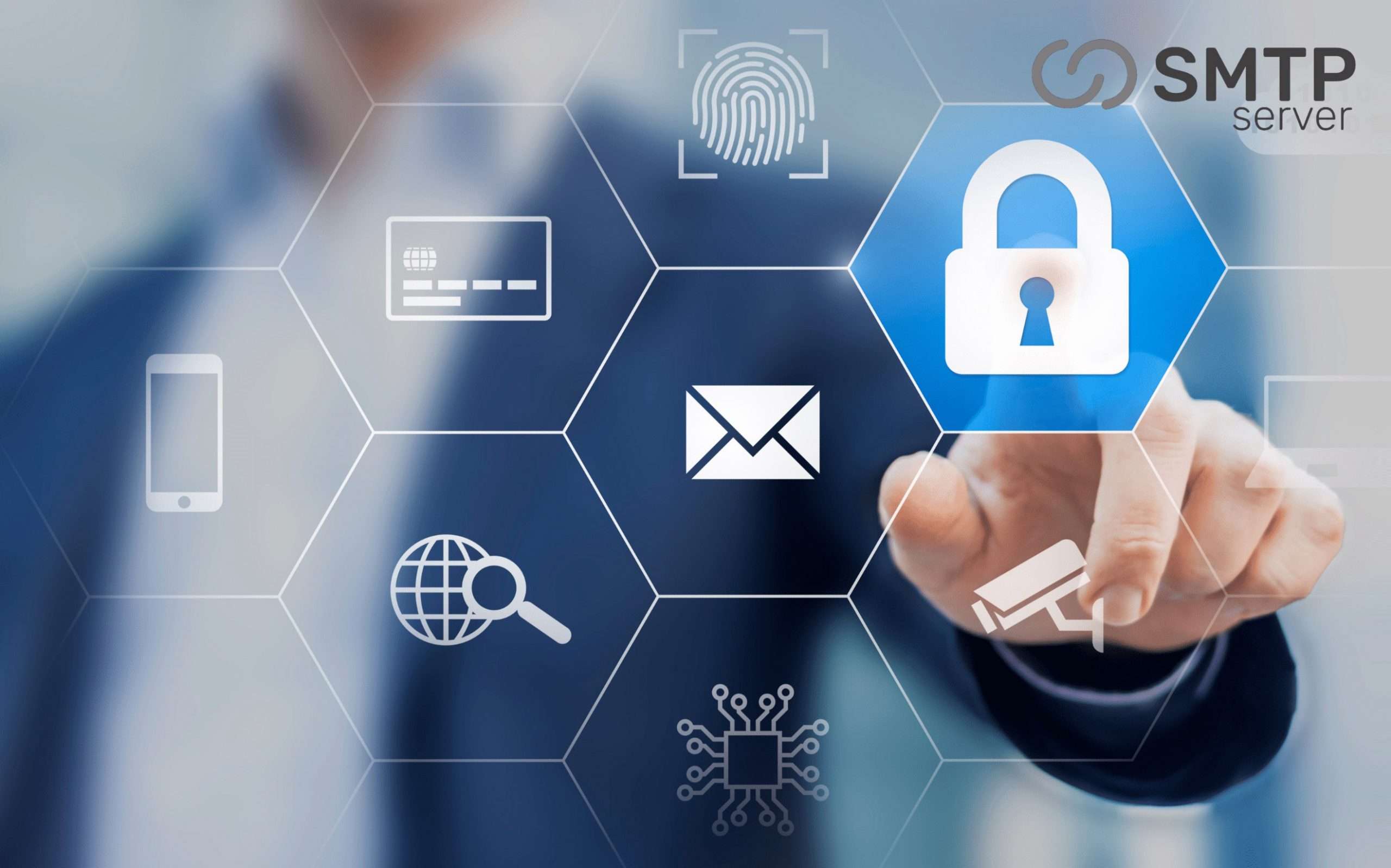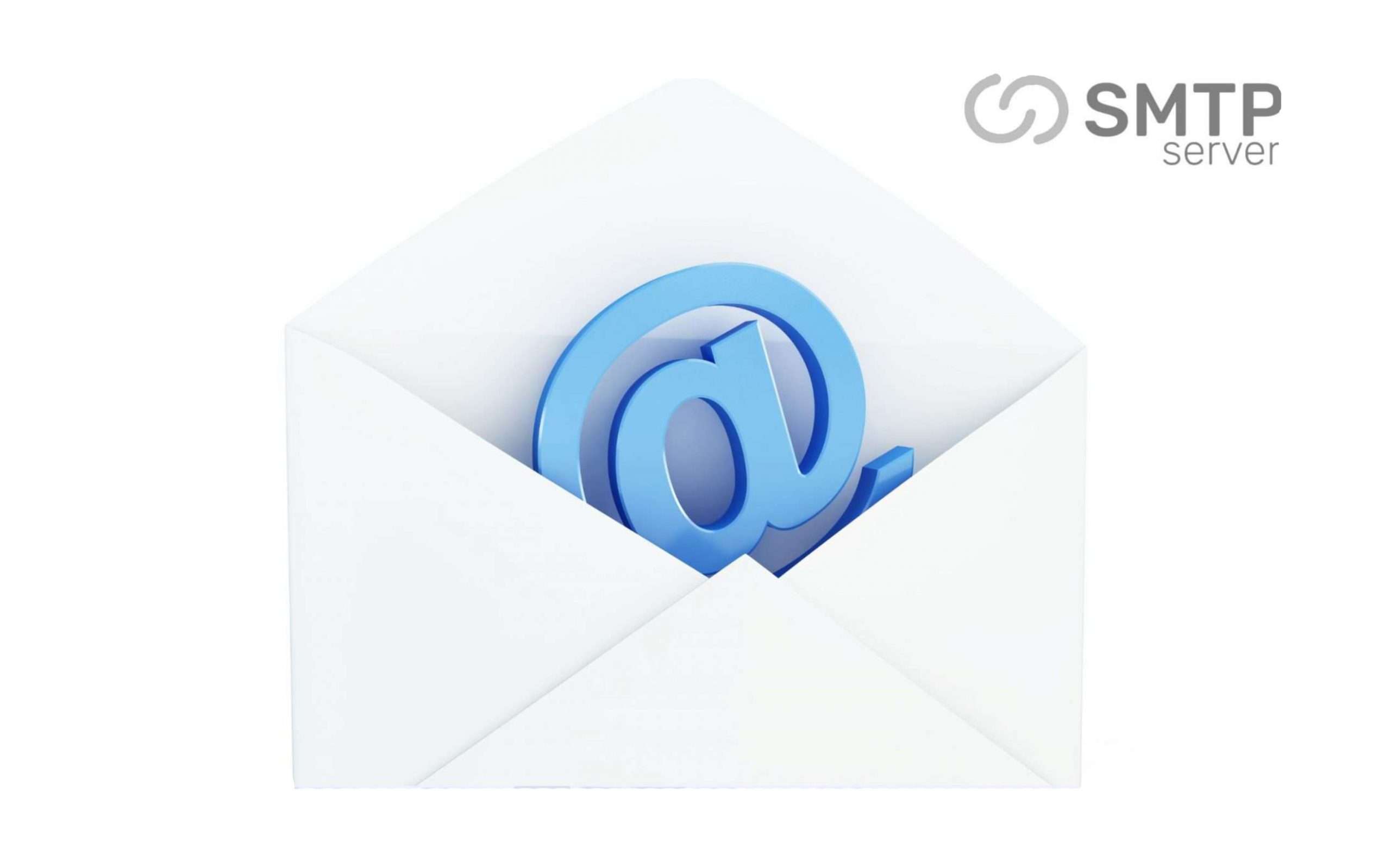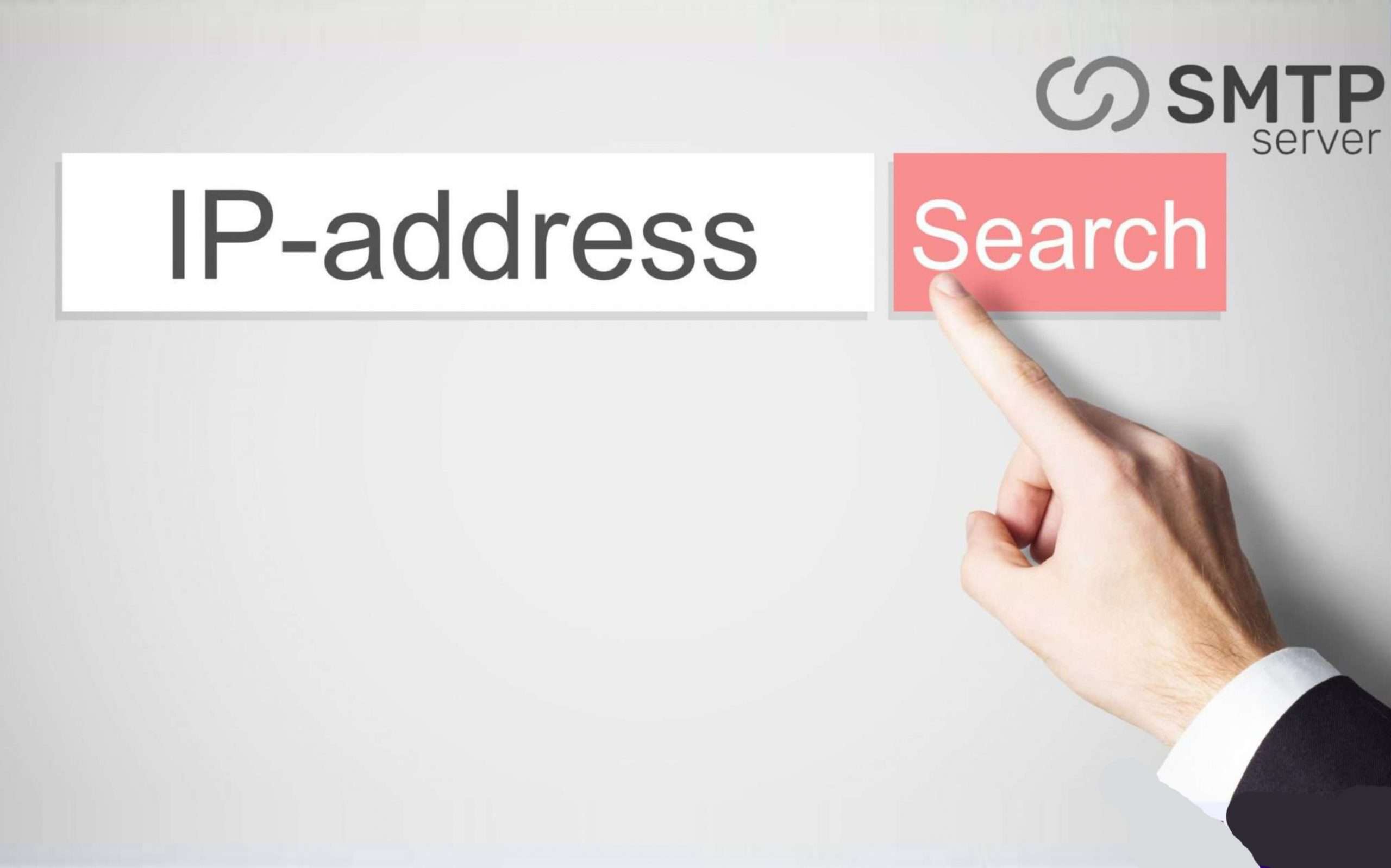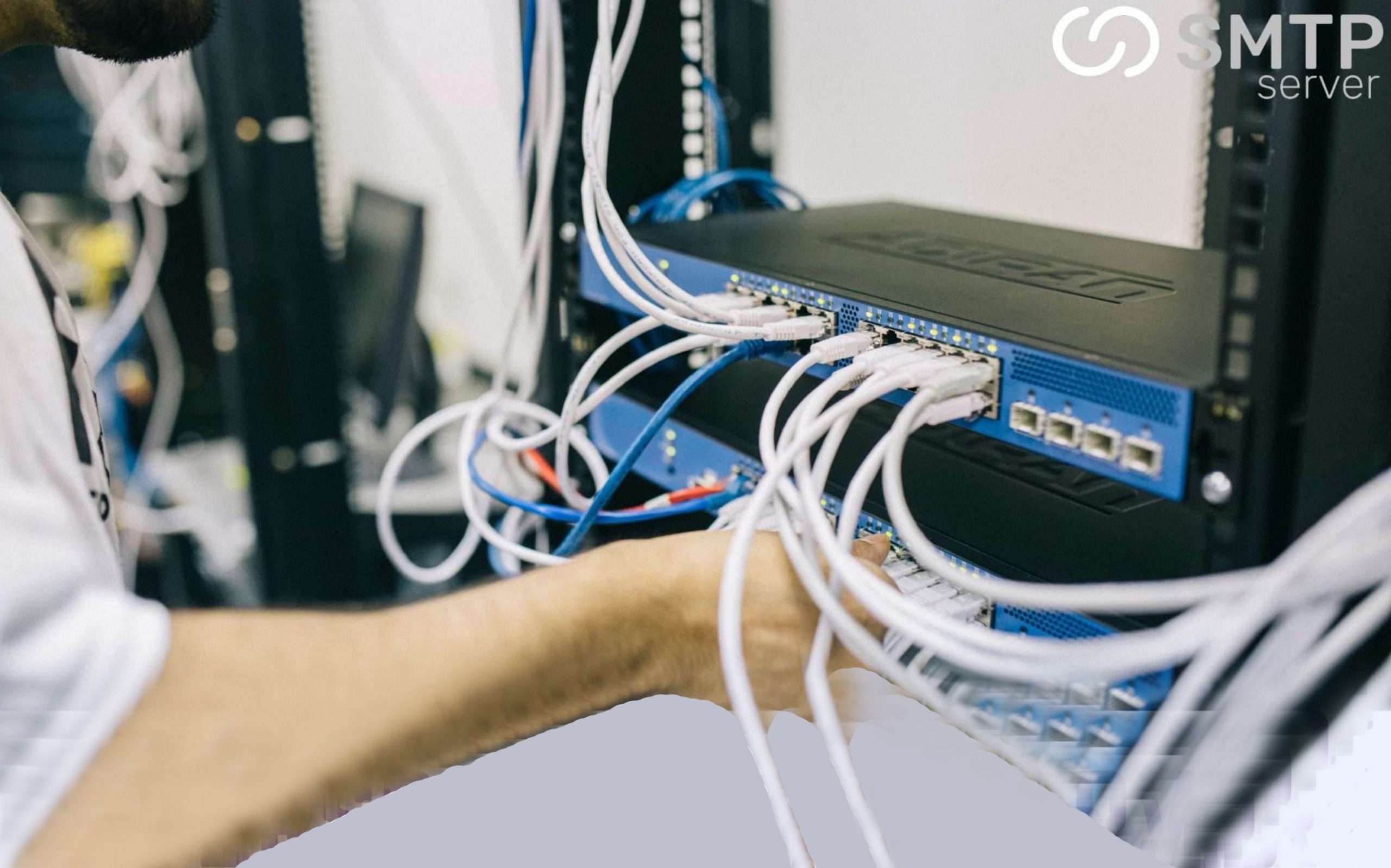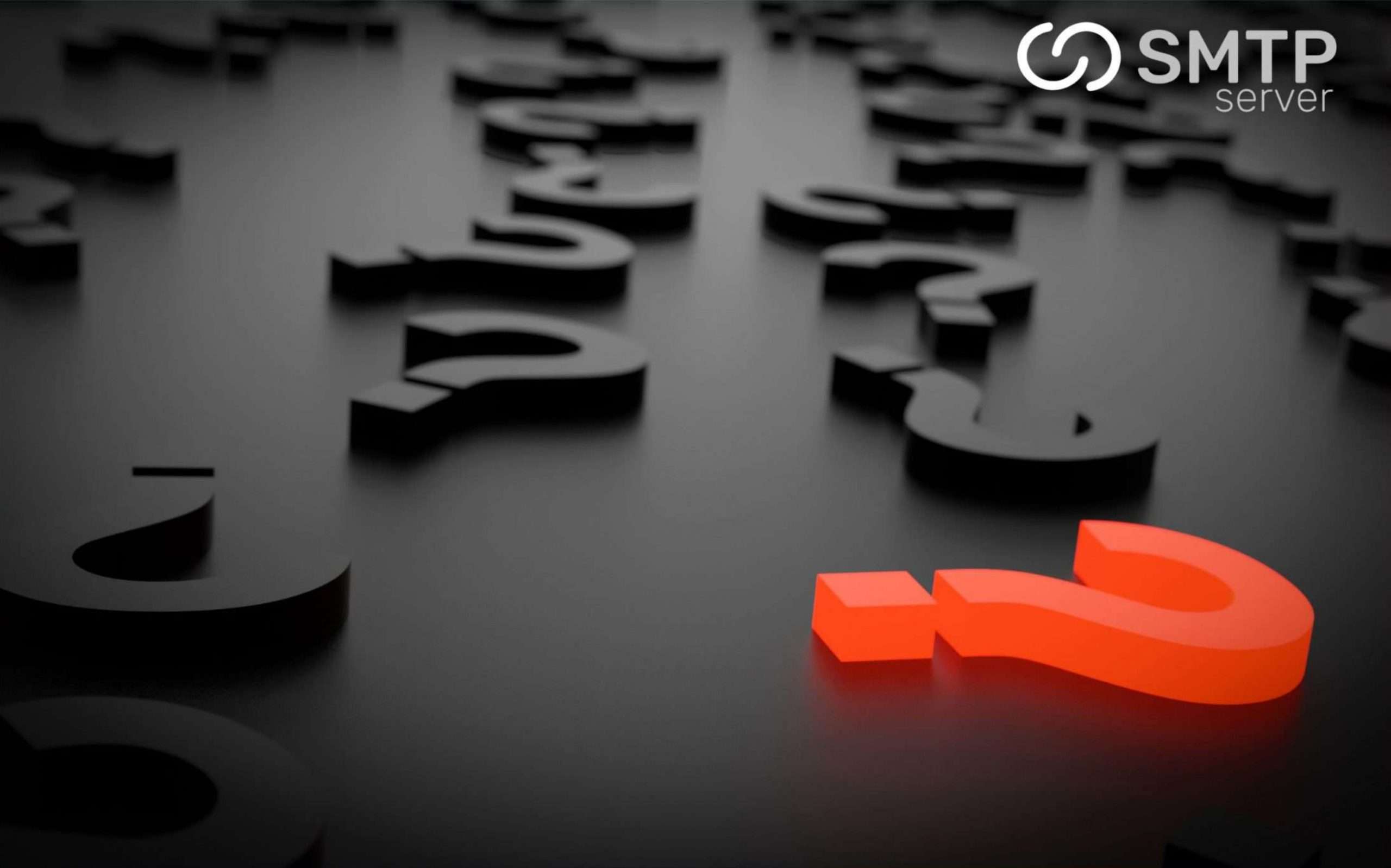24,549 total views, 40 views today
| Outline of the Article |
| 1. Introduction |
| 2. What is a Secure SMTP Server? |
| 3. Importance of Secure SMTP Servers |
| 3.1 Protecting Sensitive Information |
| 3.2 Preventing Unauthorized Access |
| 4. Features of a Secure SMTP Server |
| 4.1 Encryption |
| 4.2 Authentication |
| 4.3 Secure Ports |
| 5. How to Choose a Secure SMTP Server |
| 5.1 Compatibility |
| 5.2 Reputation and Trust |
| 5.3 Scalability |
| 6. Setting Up a Secure SMTP Server |
| 6.1 Installing the Server Software |
| 6.2 Configuring Security Settings |
| 6.3 Testing and Monitoring |
| 7. Best Practices for Secure SMTP Server Usage |
| 7.1 Regular Software Updates |
| 7.2 Strong Passwords |
| 7.3 Monitoring and Logs |
| 8. Conclusion |
| 9. FAQs |
In today’s digital age, secure communication has become a top priority for individuals and businesses alike. Email, being one of the most widely used means of communication, requires robust security measures to protect sensitive information and prevent unauthorized access. This is where a secure Simple Mail Transfer Protocol (SMTP) server plays a crucial role. In this article, we will explore the concept of a secure SMTP server, its importance, key features, how to choose one, setting it up, and best practices for its usage.
1. Introduction
With the increasing prevalence of cyber threats, ensuring the security of email communication has become a pressing concern. A secure SMTP server acts as a gateway that enables the safe and encrypted transmission of emails between senders and recipients. By implementing advanced security measures, it helps protect confidential data, maintains privacy, and ensures the integrity of email content.
2. What is a Secure SMTP Server?
A secure SMTP server is an email server that incorporates robust security features to safeguard the transmission and storage of emails. It enhances the standard SMTP protocol by adding encryption, authentication mechanisms, and secure ports, which significantly reduce the risk of unauthorized interception and data breaches.
3. Importance of Secure SMTP Servers
3.1 Protecting Sensitive Information
In an era where privacy breaches are prevalent, safeguarding sensitive information is paramount. A secure SMTP server encrypts email messages, making it extremely difficult for unauthorized parties to decipher the content. This ensures that confidential information, such as financial data or personal details, remains protected throughout the transmission process.
3.2 Preventing Unauthorized Access
Secure SMTP servers employ authentication mechanisms that verify the identity of both the sender and recipient. By implementing techniques like Sender Policy Framework (SPF), DomainKeys Identified Mail (DKIM), and Domain-based Message Authentication, Reporting, and Conformance (DMARC), these servers prevent unauthorized individuals from tampering with or impersonating email accounts.
Also Read: What is SMTP server?
4. Features of a Secure SMTP Server
4.1 Encryption
Encryption is a fundamental feature of a secure SMTP server. It involves encoding email messages in a way that can only be deciphered by the intended recipient. Transport Layer Security (TLS) and Secure Sockets Layer (SSL) are widely used encryption protocols that provide end-to-end encryption, ensuring that the content of emails remains confidential.
4.2 Authentication
Authentication mechanisms add an extra layer of security by verifying the identity of the sender and recipient. This prevents unauthorized individuals from gaining access to email accounts or intercepting sensitive information. By implementing strong authentication protocols such as SMTP Authentication, the secure SMTP server ensures that only authorized users can send or receive emails. This prevents unauthorized access and protects against email spoofing and phishing attempts.
4.3 Secure Ports
A secure SMTP server operates on secure ports, such as port 465 or port 587, which are dedicated to encrypted communication. These ports ensure that data transmitted between the email client and the server remains secure and protected from interception.
5. How to Choose a Secure SMTP Server
When selecting a secure SMTP server, several factors should be considered to ensure optimal security and compatibility with your specific needs. Here are some key considerations:
5.1 Compatibility
Choose a secure SMTP server that is compatible with your email client software and operating system. Ensure that the server supports the necessary encryption protocols and authentication mechanisms required for your organization’s email infrastructure.
5.2 Reputation and Trust
Look for a secure SMTP server with a good reputation and a history of providing reliable and secure email services. Check for customer reviews, testimonials, and ratings to gauge the server’s performance and reliability.
5.3 Scalability
Consider the scalability of the secure SMTP server. Ensure that it can handle your organization’s current email volume and has the capacity to accommodate future growth without compromising security or performance.
Also Read: Email Marketing Beginner to Advanced Roadmap 2023
6. Setting Up a Secure SMTP Server
Setting up a secure SMTP server requires careful planning and configuration. Here are the key steps involved:
6.1 Installing the Server Software
Choose a reputable SMTP server software that supports secure features such as encryption and authentication. Install the server software on a dedicated server or a cloud-based infrastructure, ensuring that the hardware and network environment meet security standards.
6.2 Configuring Security Settings
Configure the server software with appropriate security settings, including encryption protocols, authentication mechanisms, and secure ports. Implement strong password policies and access controls to prevent unauthorized access to the server.
6.3 Testing and Monitoring
Thoroughly test the secure SMTP server after setup to ensure its functionality and security. Monitor the server’s performance, logs, and any security alerts regularly. Conduct periodic security assessments to identify and address vulnerabilities.
7. Best Practices for Secure SMTP Server Usage
To maximize the security and effectiveness of a secure SMTP server, follow these best practices:
7.1 Regular Software Updates
Keep the server software and associated security components up to date to ensure that you have the latest security patches and bug fixes. Regular updates mitigate potential vulnerabilities and strengthen the overall security posture.
7.2 Strong Passwords
Enforce strong password policies for email accounts associated with the secure SMTP server. Encourage users to create unique, complex passwords and implement multi-factor authentication for added security.
7.3 Monitoring and Logs
Regularly monitor the server logs for any suspicious activities or signs of unauthorized access. Implement robust logging mechanisms to track email transactions, detect anomalies, and investigate potential security incidents.
8. Conclusion
A secure SMTP server is a crucial component for enhancing email communication security. By incorporating encryption, authentication, and secure ports, it protects sensitive information and prevents unauthorized access. Choosing a compatible and reputable server, setting it up properly, and following best practices will ensure a secure email environment for individuals and businesses.
9. FAQs
Q1. Can I use a secure SMTP server with any email client?
Yes, as long as your email client supports the necessary encryption protocols and authentication mechanisms required by the secure SMTP server.
Q2. Are secure SMTP servers only for large organizations?
No, secure SMTP servers are beneficial for organizations of all sizes. Protecting sensitive information and preventing unauthorized access to emails is essential for any business or individual.
Q3. How do I know if a secure SMTP server is reputable and trustworthy?
You can research online for customer reviews, testimonials, and ratings. Additionally, you can seek recommendations from other organizations or consult with IT professionals familiar with secure email services.
Q4. Is it difficult to set up a secure SMTP server?
Setting up a secure SMTP server requires technical knowledge and expertise. It is recommended to consult with IT professionals or utilize the services of reputable email hosting providers who can assist you in the setup process.
Q5. What should I do if I suspect a security breach in my secure SMTP server?
If you suspect a security breach, take immediate action by investigating the incident, reviewing server logs, and notifying the appropriate authorities. It is crucial to follow incident response protocols and take steps to mitigate any potential risks.
In conclusion, a secure SMTP server is an essential tool for enhancing email communication security. By implementing encryption, authentication, and secure ports, it protects sensitive information, prevents unauthorized access, and ensures the integrity of your email content. Choosing the right server, following best practices, and staying vigilant about security will contribute to a safe and secure email environment.

